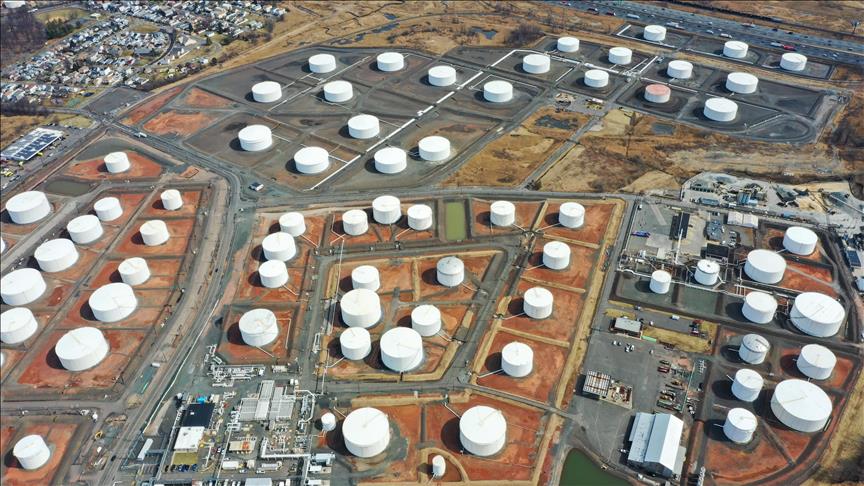Oil prices increased during the first trading session of 2024 on Tuesday over soaring tension in the Rea after Iran deploys warship to Red Sea and the US Navy has destroyed Houthi targets attempting to hijack a vessel in the Red Sea.
The international benchmark crude Brent traded at $78.59 per barrel at 0649 GMT, a 2.01% increase from the closing price of $77.04 a barrel in the previous trading session on Friday.
The American benchmark, West Texas Intermediate (WTI), traded at the same time at $72.97 per barrel, up 1.84% from Friday’s close of $71.65 per barrel.
Both benchmarks gained almost 3% last week after US stockpile draw signaled a demand upsurge in the country.
Prices had come under downward pressure during last week of 2023 as some major shipping companies including Maersk announced plans to resume operations through the Red Sea, following trade disruptions due to ship attacks in the region by the Yemeni Houthi rebel group.
However, escalating tension in the region and in the Red Sea triggered supply fears and added on the prices during the first trading session of the year.
On Sunday, Maersk said that it paused all sailing through the Red Sea for 48 hours after Iranian-backed Houthi militants attacked a Maersk container vessel.
US CENTCOM also said on Sunday on X social media platform that small Houthi boats attacked a merchant vessel and US Navy helicopters in Southern Red Sea.
US helicopters responded to the attacks and sank three boats ‘in self-defense’, the US military said.
On Monday, Iran’s Tasnim news agency reported that Iranian Alborz warship entered the Red Sea through the strategic Bab al-Mandeb Strait, adding on the tension in the region and supporting the price upticks.
– China data bearish for markets
Meanwhile, contrasting data regarding the trajectory of the Chinese economy trimmed some of the oil price gains.
Caixin manufacturing purchasing managers’ index (PMI) showed 0.1 increase, from 50.7 in November to 50.8 in December, contrasting with the official data that showed manufacturing activity shrank at a faster pace and more than expected last month.

